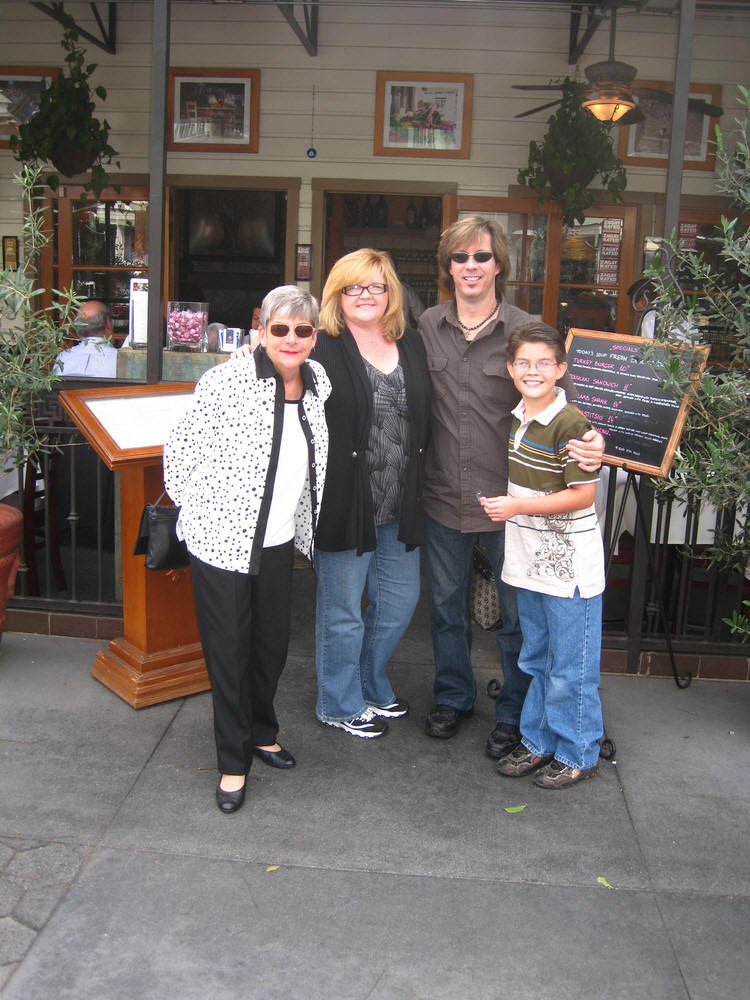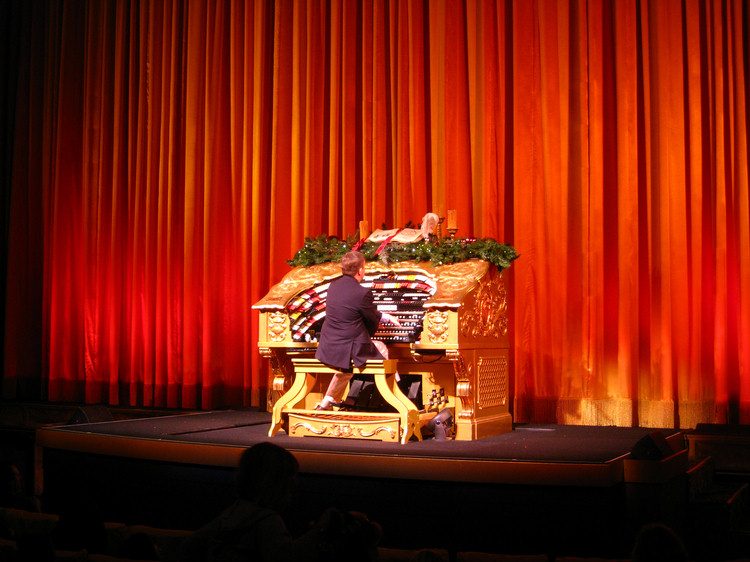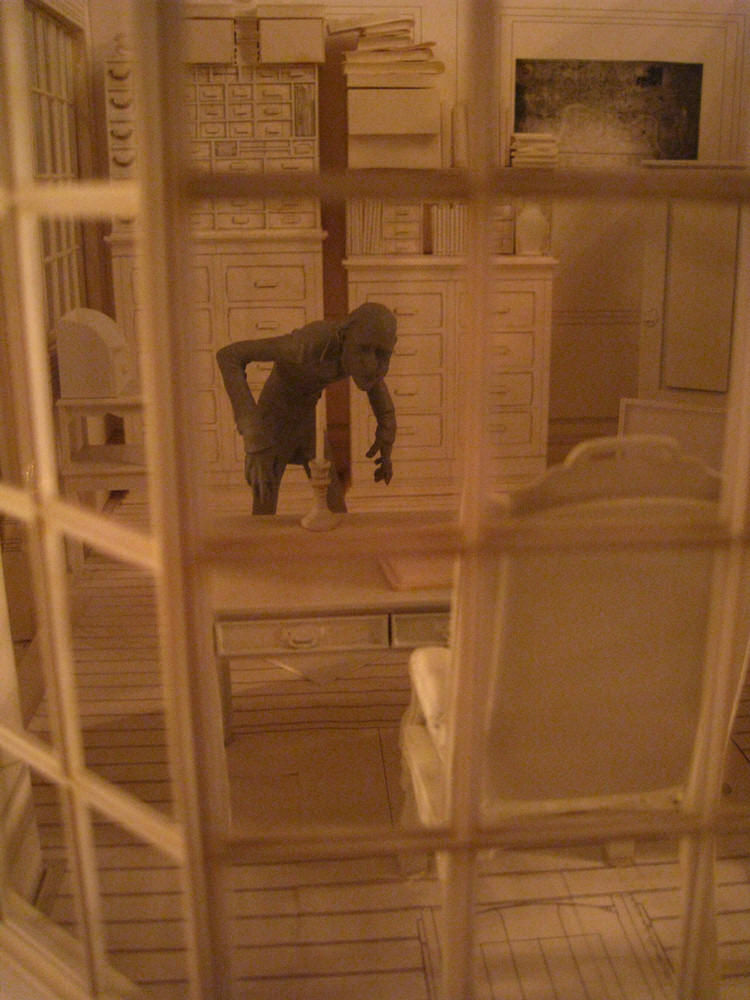Disney Movie "A Christmas Carol"

Robin, Bob, Nick, Sue and Paul are off the the El Capitan theater to see the new Disney Christmas movie "A Christmas Carol".
A Christmas Carol (originally, A Christmas Carol in Prose, Being a Ghost Story of Christmas) is a novella by English author Charles Dickens (7 February 1812 – 9 June 1870) about a curmudgeon and his secular conversion and redemption after being visited by four ghosts on Christmas Eve. The book was first published on 19 December 1843 with illustrations by John Leech, and quickly met with commercial success and critical acclaim.
The tale has been viewed as an indictment of nineteenth century industrial capitalism and has been credited with returning the holiday to one of merriment and festivity in Britain and America after a period of sobriety and sombreness.
A Christmas Carol remains popular, has never been out of print (Douglas-Fairhurst viii), and has been adapted to film, opera, and other media.
The Most Recent Rendition (Christmas Carol Disney FLV Format)

Our Adventure Starts At Los Angeles Farmer's Market

It was Veteran's Day

A little Greek Food for starters?

Gee... Bob tried something new!

Good groceries
Did You Know? - Ulysses Voyage is named for the famous Voyage made by Ulysses. No civilized man exists who has not come across the Odyssey—the tale of the wanderings of Ulysses—at school, at university, in plays, poetry, history or geography, who has not learnt of the plights and ploys of the "much enduring" Ulysses in the ten years it took him to come home after the fall of Troy. Ulysses Voyage Greek Cuisine is a gastronomical odyssey, serving authentic Greek food seven days a week, the kind of Greek food that reminds many of home and family. Delicious food, inviting atmosphere, warm staff and live music all make Ulysses Voyage an "odyssey" to remember.
Arrival On Hollywood Blvd
Did you know? - Hollywood Boulevard is a boulevard in
Hollywood, Los Angeles, California, United States, beginning at Sunset
Boulevard in the east and running northwest to Vermont Avenue, where it
straightens out and runs due west to Laurel Canyon Boulevard. West of Laurel
Canyon it continues as a small residential street in the hills, finally
ending at Sunset Plaza Drive. On the east side of Hollywood Boulevard it
passes through the neighborhoods of Little Armenia and Thai Town.
The famous street was named Prospect Avenue from 1887 to 1910, when the town
of Hollywood was annexed to the city of Los Angeles. After annexation, the
street numbers changed from 100 Prospect Avenue, at Vermont Avenue, to 6400
Hollywood Boulevard. In 1946 Gene Autry rode his horse in the Hollywood
Christmas parade and was inspired by the children yelling "Here comes Santa
Claus, Here comes Santa Claus," to write the song "Here Comes Santa Claus"
along with Oakley Haldeman. Then, the boulevard was nicknamed "Santa Claus
Lane". The Hollywood Christmas Parade passes down Hollywood Boulevard every
Sunday after Thanksgiving.
In 1958, the Hollywood Walk of Fame, which runs from Gower Street to La Brea Avenue, was created. The first star was placed in 1960 as a tribute to artists working in the entertainment industry. Joanne Woodward was the first performer to receive a star. The Walk of Fame recognizes celebrities and icons such as Walt Disney, Paula Abdul, Hugh Hefner, and many more. (The walk was later extended onto Vine Street.)

Arrival At The El Capitan Theater
Did you know? - In the early 1920s, real estate developer Charles E. Toberman (the "Father of Hollywood") envisioned a thriving Hollywood theatre district. With Sid Grauman, he opened the Egyptian (1922), El Capitan ("The Captain") (1926), and Chinese Theatre
(1927).
El Capitan, dubbed "Hollywood's First Home of Spoken Drama," opened as a legitimate theatre on May 3, 1926 with Charlot's Revue starring Gertrude Lawrence and Jack Buchanan. The design featured a Spanish colonial exterior designed by Stiles O. Clements of the architectural firm of Morgan, Walls & Clements, and a lavish East Indian interior by G. Albert Lansburgh. For a decade it presented live plays, with over 120 productions including such legends as Clark Gable and Joan Fontaine.
By the late 1930s, El Capitan felt the economic effects of the Depression, showcasing fewer and fewer productions. This period saw a cycle of experimentation with entertainment. In an effort to boost attendance to the theatre, its management attempted to lure revues, road shows and benefits. Despite these efforts, business was faltering.
When Orson Welles was unable to locate a theatre owner willing to risk screening Citizen Kane, he turned to El Capitan, and in 1941, Citizen Kane had its world premiere there. The theater then closed for one year.






Amazing details
Let The Show Begin

Did you know? - The refurbished theater features a giant Wurlitzer Theatre organ originally installed in San Francisco's Fox Theatre. Below the theater is a small exhibit space, often used to display props from the films, such as costumes or set pieces.
The Rudolph Wurlitzer Company, usually referred to simply as Wurlitzer, is an American company, formerly a producer of stringed instruments, woodwind, brass instruments, theatre organs, band organs, orchestrions, electronic organs, electric pianos and jukeboxes. Over time Wurlitzer changed to producing only organs and jukeboxes, but it no longer produces either.


The inside was beautifully decorated

We are ready to see the show!


Watch it disappear!
Did you know? - A theatre organ is a pipe organ
originally designed specifically for imitation of an orchestra, but in
latter years new designs have tended to be around some of the sounds and
blends unique to the instrument itself.
Theatre organs took the place of the orchestra when installed in a movie
theatre during the heyday of silent films. Most theatre organs were modelled
after the style originally devised by Robert Hope-Jones, which he called a
"unit orchestra".
Such instruments were typically built to provide the greatest possible
variety of timbres with the fewest possible pipes, and often had pianos and
other percussion instruments built in, as well as a variety of sound effects
such as a siren.
Theatre organs are usually identified at sight by their distinctive
horseshoe-shaped consoles, which are frequently painted white with gold trim
in original examples such as the 3/13 Barton from Ann Arbor's historic
Michigan Theatre. The organ was installed in 1927 and is currently played
daily before most film screenings. There were over 7000 such organs
installed in American theatres from 1915 to 1933, but fewer than 40 original
instruments remain in their original theatresNext door is the adjacent
Disney's Soda Fountain and Studio Store, where patrons can purchase ice
cream themed to the film currently playing in the cinema next door. A wide
variety of Disney and movie merchandise is available there.
The Movie Began With A Lively Performance





Christmas music galore



Mickey and Minnie







It snowed all over the audience!




After The Movie We Went Downstairs To See The Models And Other Details
Did you know? - The 3-D film was produced through the process of performance capture, a technique Zemeckis has previously used in his films The Polar Express (2004) and Beowulf (2007).
Motion capture , motion tracking, or mocap are terms used to describe the process of recording movement and translating that movement onto a digital model. Initially invented in Scotland, it is used in military, entertainment, sports, and medical applications. In filmmaking it refers to recording actions of human actors, and using that information to animate digital character models in 3D animation. When it includes face, fingers and captures subtle expressions, it is often referred to as performance capture.
In motion capture sessions, movements of one or more actors are sampled many times per second, although with most techniques (recent developments from ILM use images for 2D motion capture and project into 3D) motion capture records only the movements of the actor, not his/her visual appearance. This animation data is mapped to a 3D model so that the model performs the same actions as the actor. This is comparable to the older technique of rotoscopesuch as the 1978 "The Lord of the Rings" animated film where the visual appearance of the motion of an actor was filmed, then the film used as a guide for the frame by frame motion of a hand-drawn animated character.
Camera movements can also be motion captured so that a virtual camera in the scene will pan, tilt, or dolly around the stage driven by a camera operator, while the actor is performing and the motion capture system can capture the camera and props as well as the actor's performance. This allows the computer generated characters, images and sets, to have the same perspective as the video images from the camera. A computer processes the data and displays the movements of the actor, providing the desired camera positions in terms of objects in the set. Retroactively obtaining camera movement data from the captured footage is known as match moving or camera tracking.


Models are used to assist the actors


Jim Carey in one of his characters



The Hearse chased him all over London



Inside Schrooges ofice




Note the camera on the structures








Time To Head For Home




Good Bye Hollywood until next time
Did you know? - Hollywood is a district in Los Angeles, California, United States, situated west-northwest of Downtown Los Angeles. Due to its fame and cultural identity as the historical center of movie studios and movie stars, the word "Hollywood" is often used as a metonymy of American cinema. The nickname Tinseltown refers to the glittering, superficial nature of Hollywood and the movie industry. Today, much of the movie industry has dispersed into surrounding areas such as the Westside neighborhood, but significant auxiliary industries, such as editing, effects, props, post-production and lighting companies,
remain in Hollywood, as does the backlot of Paramount Pictures.
Many historic Hollywood theaters are used as venues and concert stages to premiere major theatrical releases and host the Academy Awards. It is a popular destination for nightlife, and tourism and is home to the Hollywood Walk of Fame.
Although it is not the typical practice of the city of Los Angeles to establish specific boundaries for districts or neighborhoods, Hollywood is a recent exception. On February 16, 2005, California Assembly Members Goldberg and Koretz introduced a bill to require California to keep specific records on Hollywood as though it were independent. For this to be done, the boundaries were defined. This bill was unanimously supported by the Hollywood Chamber of Commerce and the Lo
s Angeles City Council. Assembly Bill 588 was approved by the Governor on August 28, 2006, and now the district of Hollywood has official borders. The border can be loosely described as the area east of Beverly Hills and West Hollywood, south of Mulholland Drive, Laurel Canyon, Cahuenga Boulevard, and Barham Boulevard, and the cities of Burbank and Glendale, north of Melrose Avenue and west of the Golden State Freeway and Hyperion Avenue.
This includes all of Griffith Park and Los Feliz—two areas that were hitherto generally considered separate from Hollywood by most Angelenos.

